Polyrrinia—Sparta of Crete
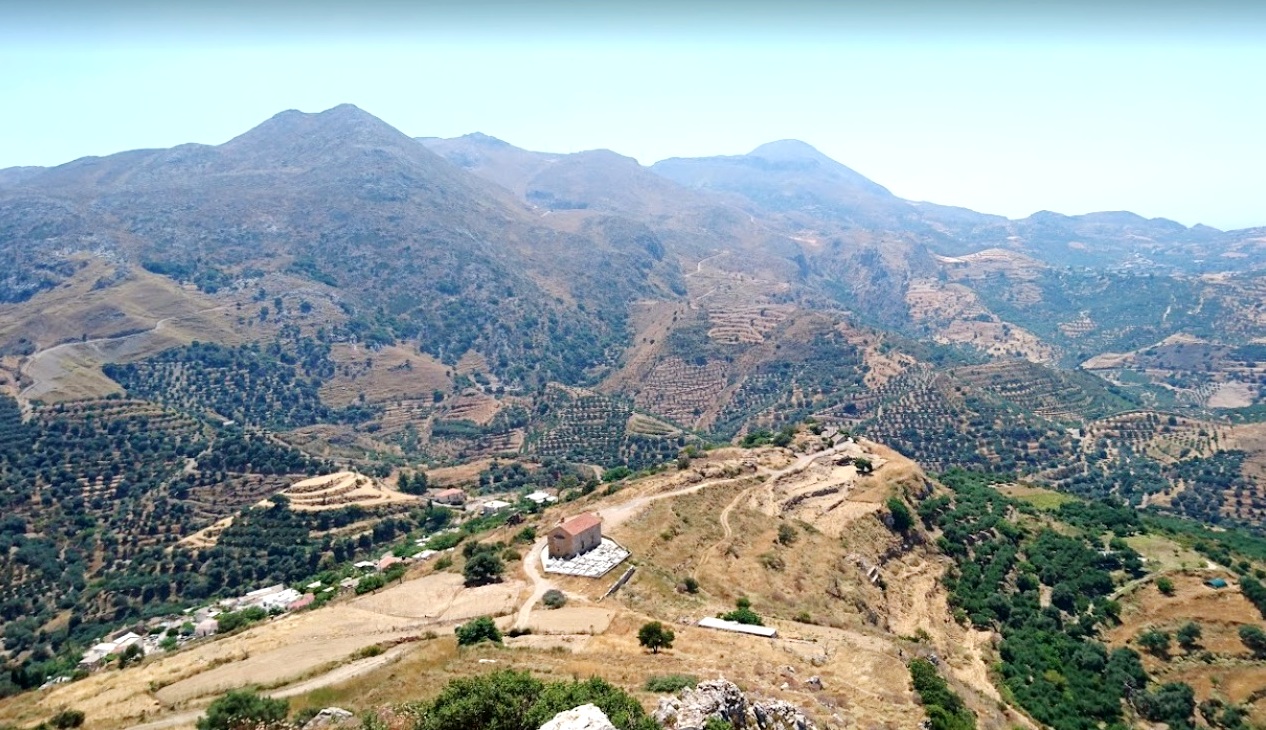

Polyrrinia or Polyrrhenia is a famous and majestic ancient city-state in the north-west of Crete, whose territory occupied the entire western tip of the island, stretching from north to south. The trade flows of this polis were so great that it even used two ports at once: Kissamos and Phalasarna. The city was on the top of a stone hill about 420 m high and had a shape of a horseshoe. This hill still dominates the surrounding area and offers stunning views of the Gulf of Kissamos.
Paying tribute to courage and martial art of inhabitants of Polyrrinia, some historians called the city “Sparta of Crete”.
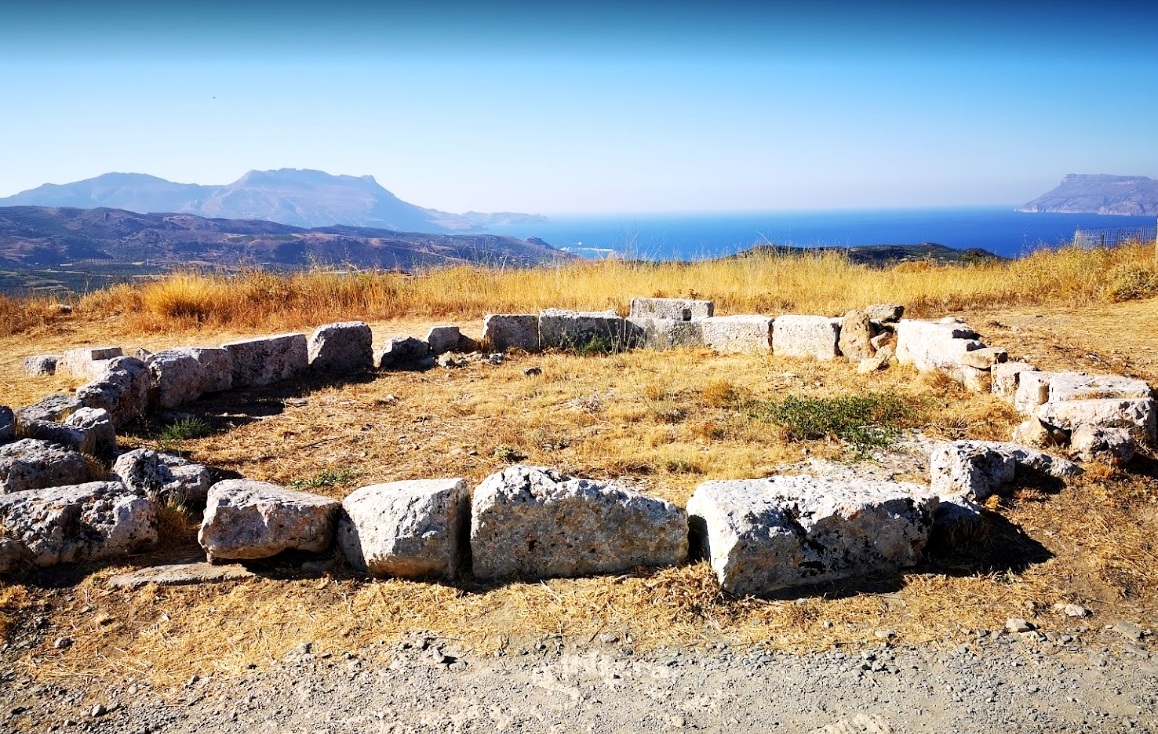
On the way back from Troy, the hero of Homer’s Iliad, King Agamemnon, dropped anchor not far from Polyrrinia with the intention of making a sacrifice in gratitude for the victory over the Trojans. Leaving his fleet at the coast, he headed to the city to choose a sheep for this sacrifice. …He had already chosen the best one but was informed that his Trojan captives had set fire to several ships. The sacrifice had to be interrupted, and Agamemnon had to return in a hurry. Since then, the bloody sacrifices which remained unfinished for some reason began to be called “Cretan sacrifices”.
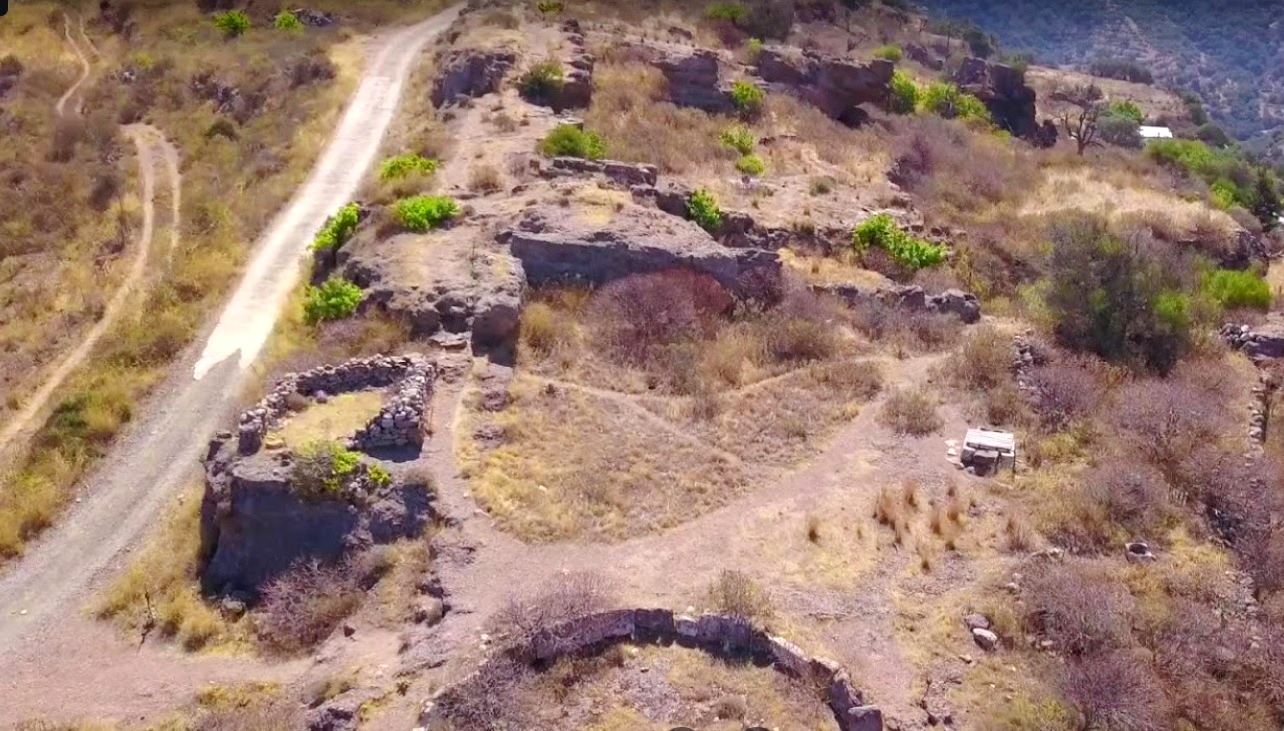
The history of the city begins in the late Minoan period and goes back to Roman times. Polyrrinia was built by Achaen and Laconian colonists around 1100 BC although the area was inhabited much earlier.
For over a thousand years, Polyrrinia has been a powerful prosperous city probably due to the “Spartan spirit” of its inhabitants. Only the Roman were able to destroy it completely; and the restored city could not return its former power, so the center of life in the region gradually sifted to Kissamos—the former port of Polyrrinia.
Information about Kissamos at: https://thenewgreece.com/advise/discover-kissamos/
Later, the Venetians built an impregnable fortress on this site, but little has survived from once grandiose fortifications. Nowadays, the ancient city does not make a strong impression despite remains of its walls from 3 to 5.5. m high. There is practically nothing left of the former power.
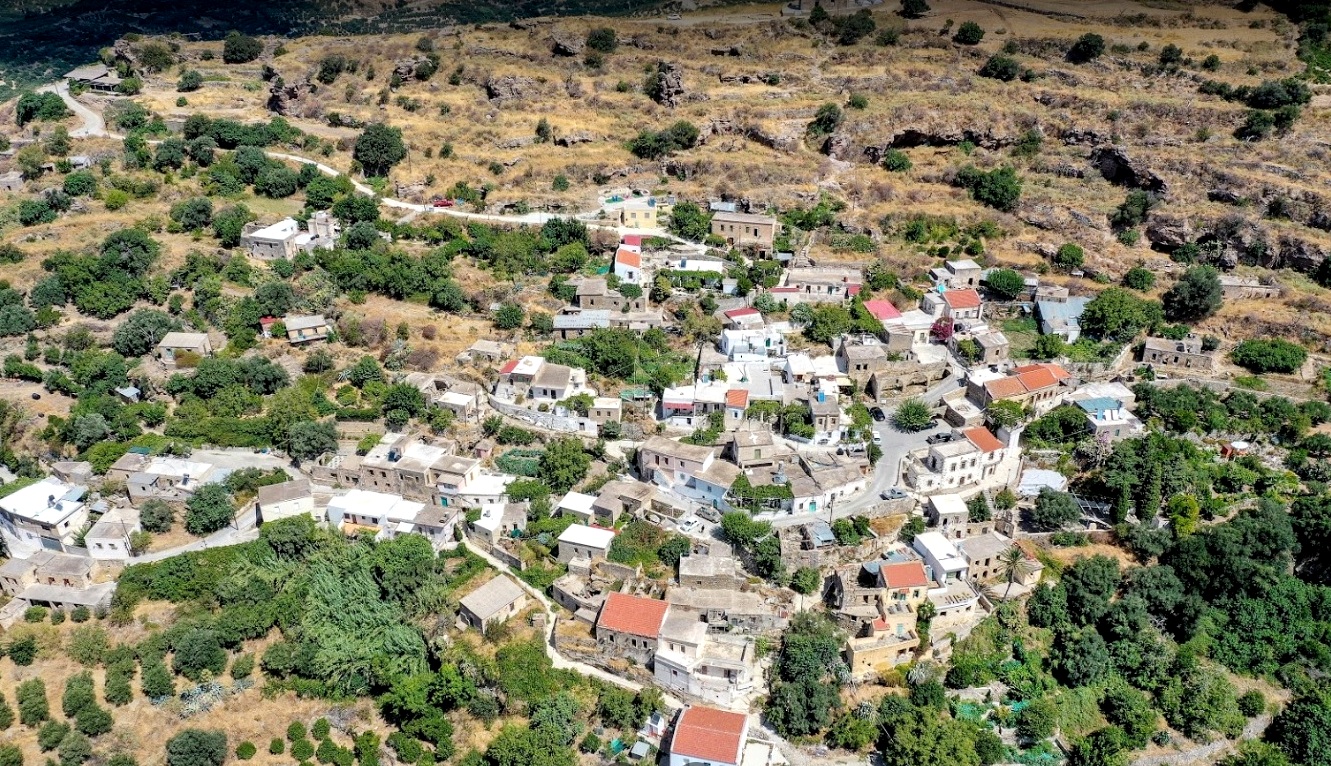
Today, Polyrrinia is a picturesque ruin, as well as a small traditional Cretan village located below the ancient acropolis on which stood the temple of Artemis Diktinna where a small Church of Holy Fathers (Church of Agioi Paters) was erected in 1894, built from the materials of the temple; and a part of the ancient altar was used as the Christian one.
In the village of Polyrrinia you can admire the Roman aqueduct, old houses built on the foundations of ancient buildings, Venetian arches and a semicircular defensive tower which was badly damaged so that its facing stones were used as building materials for a local elementary school in the early 20th century.
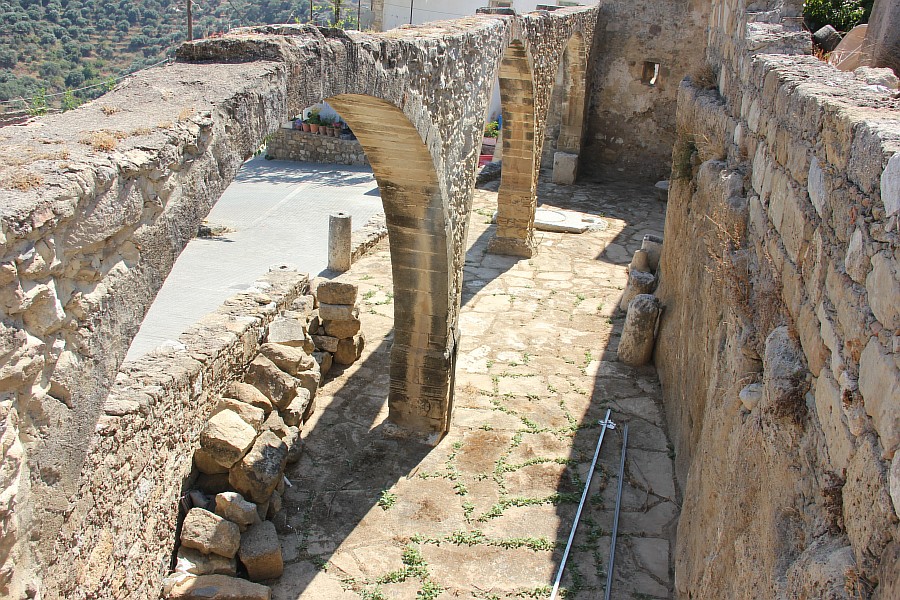
Even if you are not a lover of antiquities, it is worth visiting Polyrrinia for a walk through the narrow streets of an unusual village where all eras have mixed, or for a delicious lunch in one of taverns, as well as for the beautiful views of the mountains and the coast of the Cretan Sea.
The village and the ancient acropolis are 7 km from the modern town of Kissamos (Kastelli). It is about 10 minutes away; and from Chania to Polyrrinia is about 50 km.
The best way to visit Kissamos and the sights around it including Polyrrinia is by car. Professionals English-speaking residents of the island will help you to decide what to see, to plan the best route and to choose a car for traveling.
Contact The New Crete www.thenewrentcar.com/thenewrent/ru/.
Composed by Victor Dubrovsky, December 2020